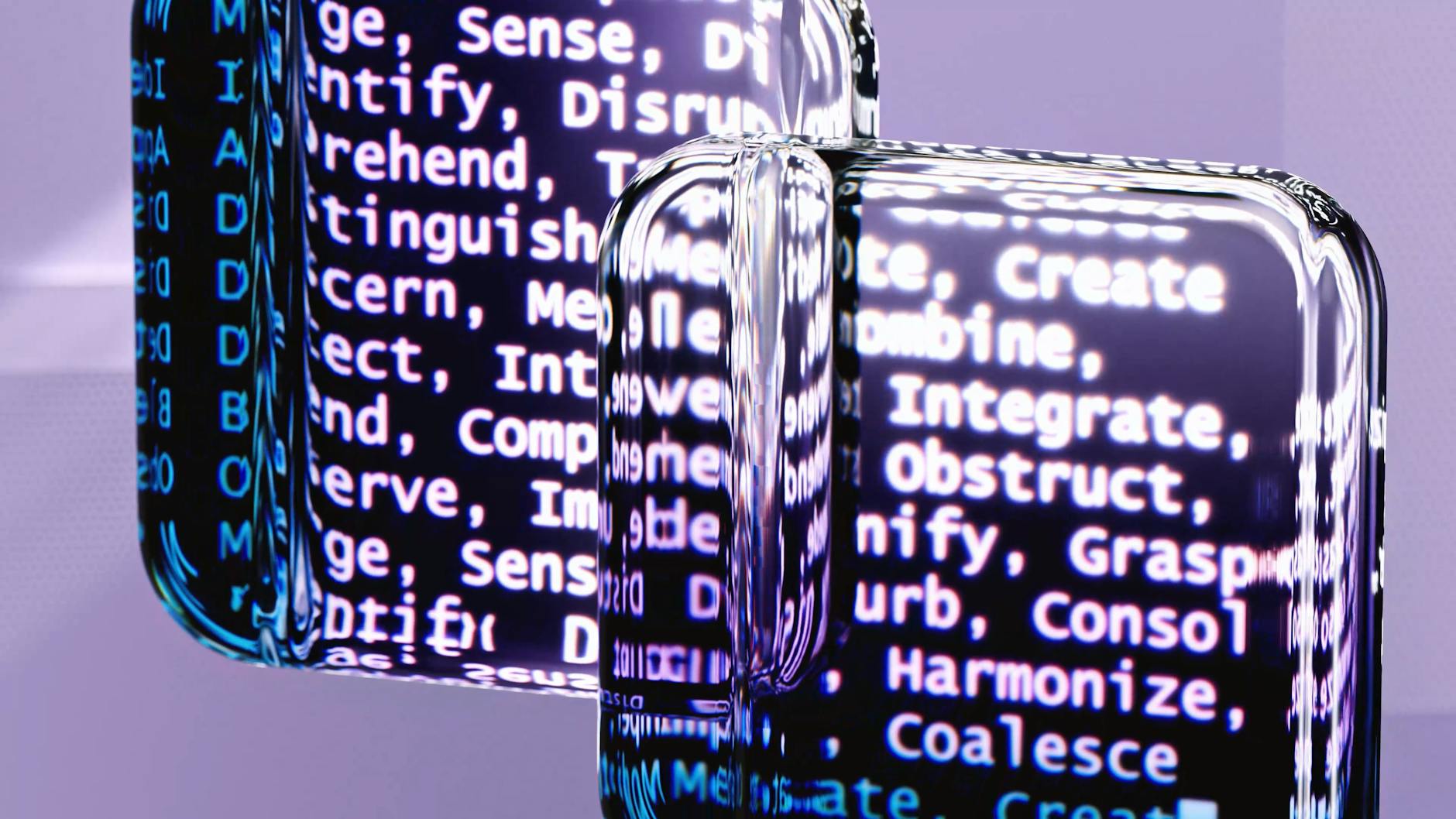Netflix Leans on Generative AI for Cost-Cutting VFX | OpenAI Details Agentic Future & Google’s Embedding Model Dominates

Key Takeaways
- Netflix has publicly confirmed its use of generative AI in a major sci-fi series, “The Eternaut,” specifically for visual effects, citing significant cost and time efficiencies.
- OpenAI released a “System Card” for its ChatGPT agent, outlining its capabilities in browser automation and code tools, along with the robust safeguards implemented under its Preparedness Framework.
- Google’s new Gemini Embedding model has climbed to the top of the MTEB benchmark, showcasing its performance amidst intense competition from both proprietary and open-source alternatives.
- AI-powered code reviewer Greptile is reportedly in advanced talks to secure a $30 million Series A funding round led by Benchmark, valuing the startup at an estimated $180 million.
Main Developments
The landscape of artificial intelligence continues its rapid evolution, demonstrating breakthroughs in core capabilities, real-world enterprise adoption, and the critical ongoing discussions around responsible deployment. Today’s headlines paint a vivid picture of AI’s expanding footprint, from transforming the creative industries to powering the very tools that build the future.
Perhaps the most public-facing development comes from an unexpected quarter: entertainment. Netflix, the streaming giant, candidly admitted to leveraging generative AI for visual effects in its new sci-fi series, “The Eternaut.” This marks a significant “first” for one of Netflix’s original productions, with co-CEO Ted Sarandos highlighting during an earnings call that AI-powered VFX proved faster and more cost-effective than traditional methods. This confession is more than just a footnote; it signals a pivotal moment for mainstream enterprise adoption of generative AI. It validates the technology’s ability to deliver tangible ROI in complex production environments, suggesting that other major studios and content creators will likely follow suit in pursuit of efficiency and budget optimization. The era of AI as a production assistant has truly arrived.
As AI capabilities expand into more autonomous and action-oriented roles, the imperative for robust safety frameworks becomes paramount. OpenAI, a leader in AI research, addressed this head-on with the release of its “ChatGPT agent System Card.” This document provides crucial insights into OpenAI’s agentic model, which ingeniously unites research capabilities with practical tools like browser automation and code execution. Crucially, the System Card also details the comprehensive safeguards implemented under OpenAI’s Preparedness Framework, aiming to ensure responsible and ethical deployment of these increasingly capable agents. This move underscores the industry’s growing recognition that as AI agents gain more autonomy and interact with the real world, transparent safety protocols are not just a best practice, but a necessity.
Underpinning these sophisticated applications are continuous advancements in foundational AI models. Google, a consistent innovator in this space, has once again made waves with its new Gemini Embedding model. This model has now claimed the coveted number one position on the MTEB benchmark, a key indicator for the performance of text embedding models. Embeddings are fundamental to many AI applications, from search and recommendation engines to advanced natural language understanding and, indeed, the very functionality of AI agents. While Google’s achievement is significant, the VentureBeat report highlights the fierce competition it faces, not just from other closed-source rivals but also from rapidly improving open-source alternatives like those from Alibaba. This competitive environment fuels relentless innovation, pushing the boundaries of what these core AI components can achieve.
The burgeoning AI ecosystem continues to attract substantial investment, a testament to the perceived value and future potential of the technology. TechCrunch reports that Greptile, an AI-powered code reviewer and a Y Combinator alum, is reportedly on the verge of closing a $30 million Series A funding round led by Benchmark, which would value the company at an impressive $180 million. This investment highlights the strong market appetite for specialized AI tools that enhance developer productivity and streamline software development workflows. The capital infusion will undoubtedly accelerate Greptile’s growth and further solidify the role of AI in empowering human creators and engineers. Meanwhile, a widely shared article on Hacker News dissecting “LLM architecture comparison” further illustrates the industry’s deep technical engagement and ongoing quest to refine the fundamental building blocks of AI.
Collectively, today’s news showcases AI’s multifaceted impact: proving its financial value in creative industries, advancing towards more autonomous and agents, strengthening foundational models through intense competition, and attracting significant venture capital for specialized applications.
Analyst’s View
Today’s AI headlines underscore a critical phase shift: AI is moving from being an experimental capability to an indispensable operational tool across diverse industries. Netflix’s open admission of using generative AI for cost-cutting VFX is a watershed moment, signaling that ROI-driven adoption of AI is no longer a futuristic concept but a present-day reality for major enterprises. Expect this to ripple through entertainment and beyond, as more companies seek to leverage AI for efficiency gains.
Simultaneously, OpenAI’s detailed System Card for its ChatGPT agent reflects a necessary evolution in responsible AI deployment. As AI models gain agentic capabilities – moving from answering questions to actively performing tasks – the emphasis on safeguards, transparency, and a robust Preparedness Framework becomes paramount. The industry’s ability to balance rapid innovation with stringent safety protocols will define the next generation of AI adoption. The continued fierce competition in foundational models like embeddings, coupled with strong investment in specialized AI tools like Greptile, illustrates a dynamic, maturing market where both core technology and niche applications are thriving. The key watchpoint now is how these powerful, action-oriented AI systems integrate into complex human workflows, and the ethical frameworks that will govern their increasing autonomy.
Source Material
- New embedding model leaderboard shakeup: Google takes #1 while Alibaba’s open source alternative closes gap (VentureBeat AI)
- LLM architecture comparison (Hacker News (AI Search))
- Netflix admits it used generative AI in a big sci-fi hit to cut costs (The Verge AI)
- ChatGPT agent System Card (OpenAI Blog)
- Benchmark in talks to lead Series A for Greptile, valuing AI-code reviewer at $180M, sources say (TechCrunch AI)